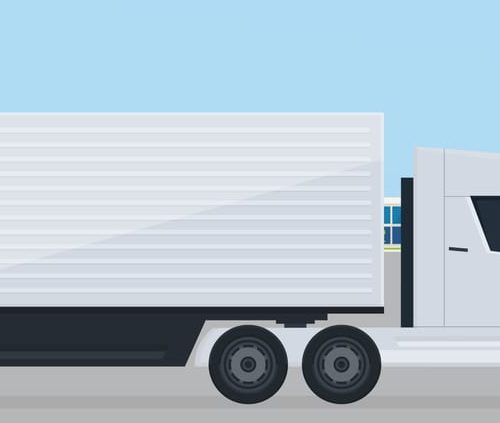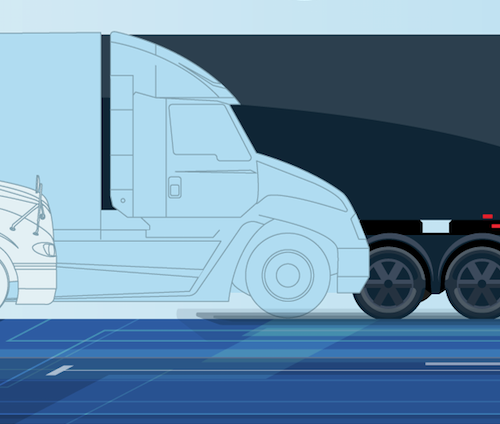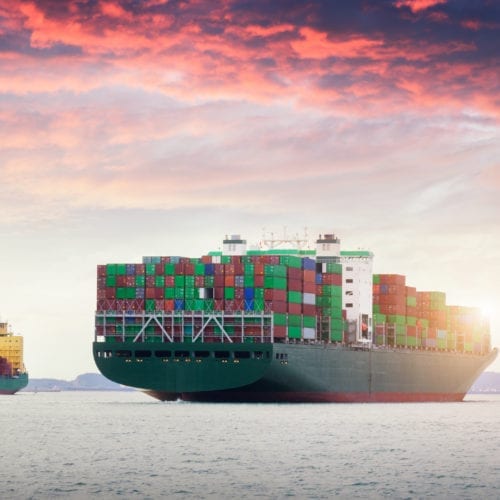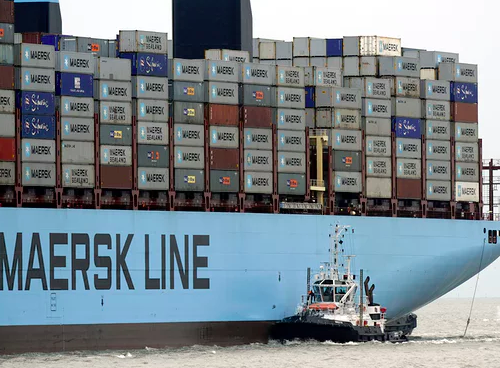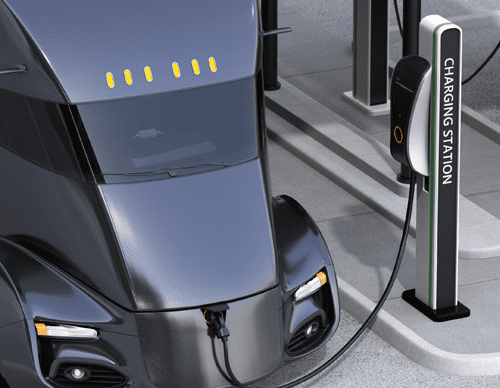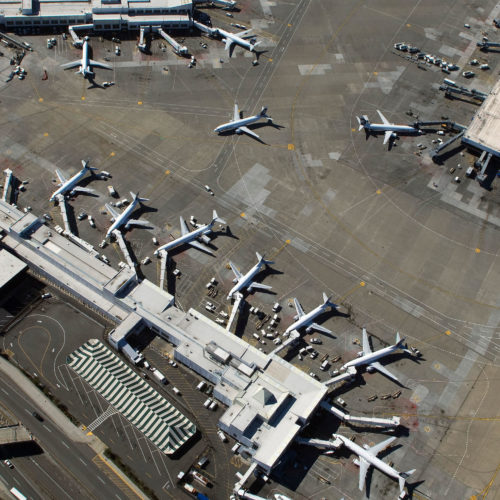Trucking and Utilities: Working Together to Advance Electrification

Heavy Transport
We are working to decarbonize the trucks, trains, airplanes, and ships that move people and goods around the world every day.

What Is the Heavy Transport Initiative?
As the demand for heavy transport grows in lockstep with global GDP, so do carbon emissions. We are working to break the link between the demand for heavy transport and CO2 emissions by shifting to zero-carbon fuels in the trucking, shipping, and aviation sectors.
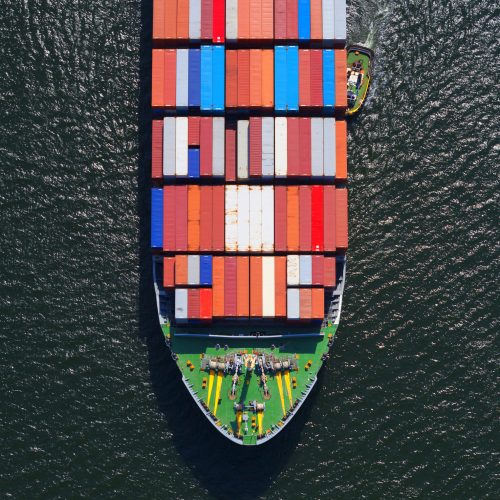
Why It Matters
Transportation emissions account for 23 percent of global CO2 emissions (8.8 Gt/year), with more than half of those emissions coming from the trucks, trains, airplanes, and ships that move people and goods around the world every day.
What We're Doing
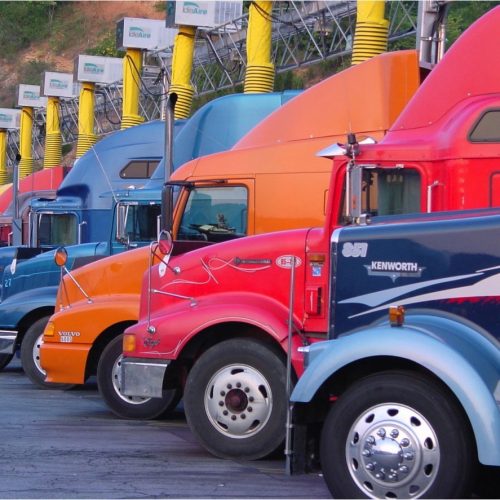
Trucking
We are working toward zero-carbon trucking by accelerating the adoption of battery-electric technologies in urban and regional markets, and battery-electric or hydrogen fuel cells technologies for long-haul markets to combat 2.7 Gt CO2e per year.
We are also partnering with the North American Council for Freight Efficiency (NACFE) and the trucking industry to increase confidence in energy-efficient technologies and practices.

Shipping
Maritime shipping transports 90 percent of the world’s goods and is responsible for 2–3 percent of global greenhouse gas (GHG) emissions each year. Left unchecked, shipping emissions are expected to grow by 50–250 percent by 2050, putting the sector on track to become a major contributor of global GHG emissions.
We are working to reduce the carbon footprint of global maritime shipping by creating mechanisms that integrate climate considerations into lending decisions to help incentivize shipping’s decarbonization.
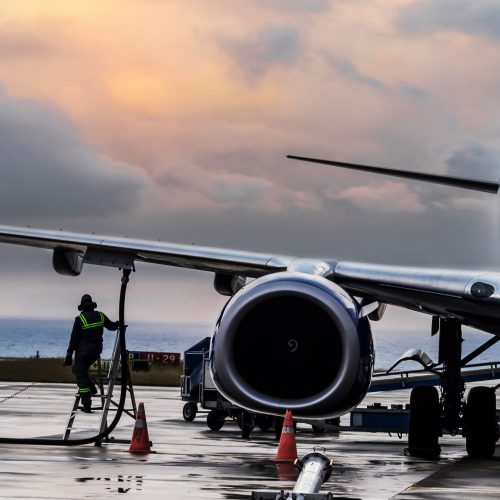
Aviation
Emissions from air travel are growing faster than the industry anticipated; aviation will contribute 1 gigaton of CO2 by 2020. That’s equivalent to the total CO2 emissions produced in 2018 by more than all the cars in India. Without intervention, aviation’s share of global carbon emissions will grow from 3 percent to over 9 percent, and its GHG emissions will grow to 20 percent by 2050.
We are forging innovative partnerships with airports and industry organizations to decarbonize the aviation industry and speed the adoption of low-carbon, sustainable aviation fuels around the world.
RESOURCES
Keep on Truckin' - 50 Years of Efficiency Advancements
Revolving Funds for Sustainability Projects at Airports
Run on Less with Hydrogen Fuel Cells
The Poseidon Principles: A Groundbreaking New Formula for Navigating Decarbonization
Maersk Charts Course Toward Sustainable Shipping
Amping Up: Charging Infrastructure for Electric Trucks
Medium-Duty Electric Trucks: Cost of Ownership
How Commercial Electric Vehicles Present Unique Challenges for Charging Infrastructure
Electric Trucks: Where they Make Sense
A Radical New Plan for Aviation
Reducing Santa's Carbon Footprint with Medium-Duty, Electric Trucks
Seattle-Tacoma International Airport Moves a Step Closer to Funding Aviation Biofuels
Navigation Decarbonization – An Approach to Evaluate Shipping’s Risks and Opportunities Associated with Climate Change Mitigation Policy
